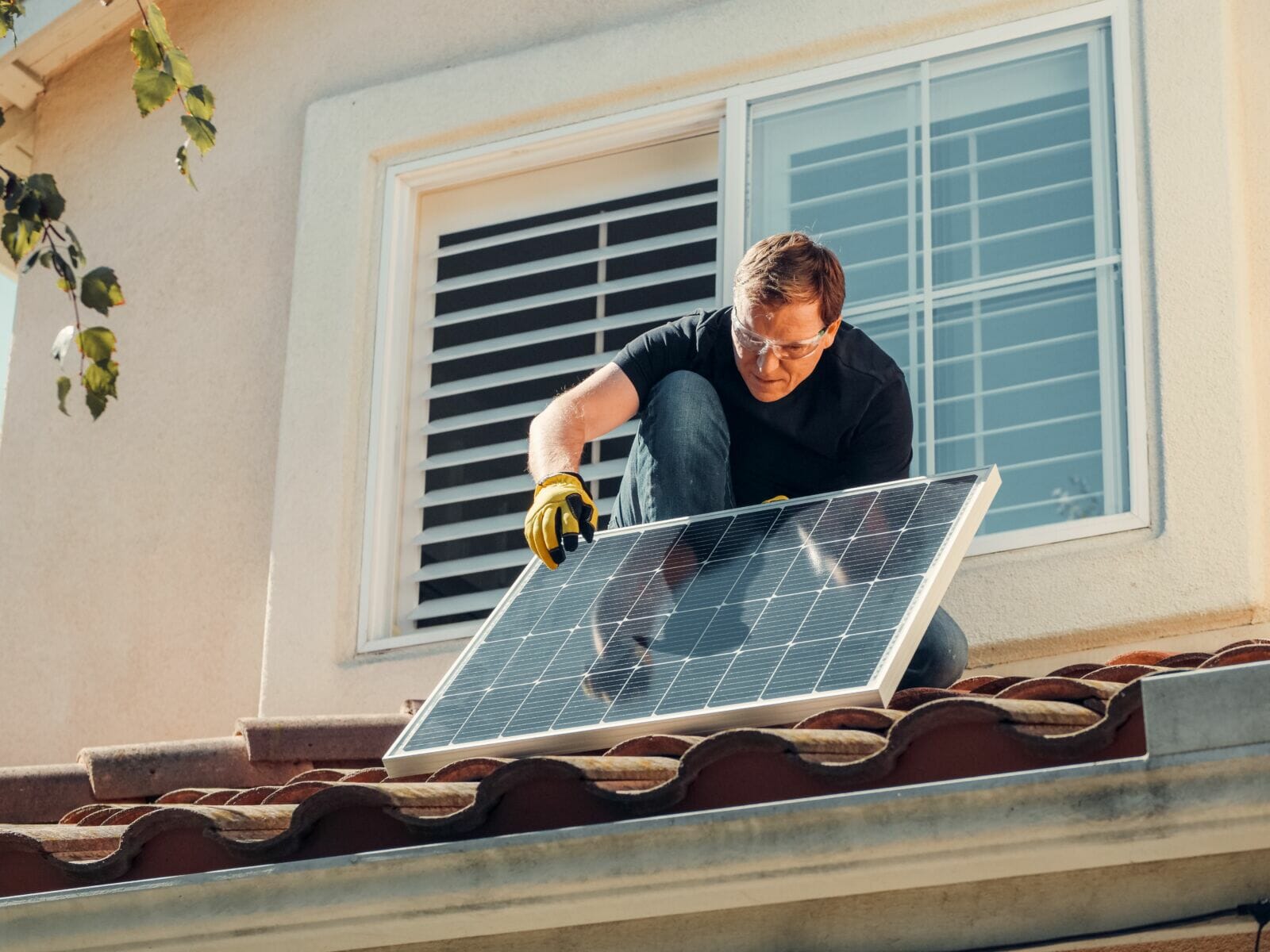Ahead of the summer heat, Valley residents may be considering adding solar panels to their home to help offset summer energy bills.
MORE NEWS: How real estate investors can thrive amid challenging market conditions
SRP offers a variety of resources to help customers evaluate solar projects and equip them with information to avoid potential scams, including the best questions to ask and its Preferred Solar Installer list.
Below are some of the top tips for selecting a solar installer when adding solar to your home.
1. Take your time. Do your research.
Learn all you can about rooftop solar before making a big financial decision. SRP’s website is a great place to start with information on what solar price plans are available to SRP customers, information on how much electricity a solar electric system produces, and more. Below are some of the information resources:
- Learn how rooftop solar works here.
- Find out what “demand” is and how much power your home uses here.
- Compare SRP solar price plans and find the one that fits your lifestyle here.
- Learn solar shopping tips to make informed choices. Also understand common red flags and false promises here.
- Read SRP’s list of FAQs and get a better understanding of what to consider before starting a project – like how much roof square footage you will need, and what direction is best to install a solar system.
A good first step in your evaluation is to estimate installation costs. Use SRP’s Solar Calculatorthrough SRP My Account™. You can factor in things like price plans and energy efficiency improvements to see the impact. Note that customers with higher electric bills have higher potential to benefit from installing solar.
2. Get at least three quotes.
SRP advises customers to receive quotes from at least three professional solar installers on the SRP Preferred Solar Installers list. If not an SRP customer, it is still advised you check with your power utility provider on their recommendations.Installers on SRP’s list are vetted by SRP and will help ensure solar projects are done with attention to detail and with the customer’s goals in mind.
3. Watch out for illegitimate solar companies and scams.
• SRP does not sell or install solar. If a solar representative is claiming to be with SRP, this is false advertising. Homeowners can confirm installers are an SRP Preferred Solar Installer by accessing the list on the website. Note that SRP technicians and inspectors may come to a customer’s home to inspect a solar project or discuss at various stages but will not try to sell systems.
• Ensure the solar installer you are speaking with is the actual company doing the installation. Customers should work directly with the installer on solar projects, and not a third party who often aim to price gauge.
4. Check if you qualify for rebates and tax credits.
- You may qualify for rebates, discounts and tax credits that can help you save money on your solar panels. Contact a tax professional or check online to see if you qualify.
- You can receive $250 incentive when you purchase a Demand Management System when installing a rooftop solar system with a Preferred Solar Installer. Read more here.
5. Know what questions to ask.
Be ready with your list of questions to ask all installers you consider for your project. Critical questions include:
- Are they licensed?
- Do they carry the necessary insurance?
- Have they installed solar panels for other SRP customers in your area?
- Will they be doing the actual installation?
After referencing these resources, SRP customers who still have questions on their rooftop solar projects can call or contact SRP Customer Service at (602) 236-8888 or email help@srpnet.com.
SRP is a community-based, not-for-profit public power utility and the largest electricity provider in the greater Phoenix metropolitan area, serving approximately 1.1 million customers. SRP provides water to about half of the Valley’s residents, delivering more than 244 billion gallons of water (750,000 acre-feet) each year, and manages a 13,000-square-mile watershed that includes an extensive system of reservoirs, wells, canals and irrigation laterals.




